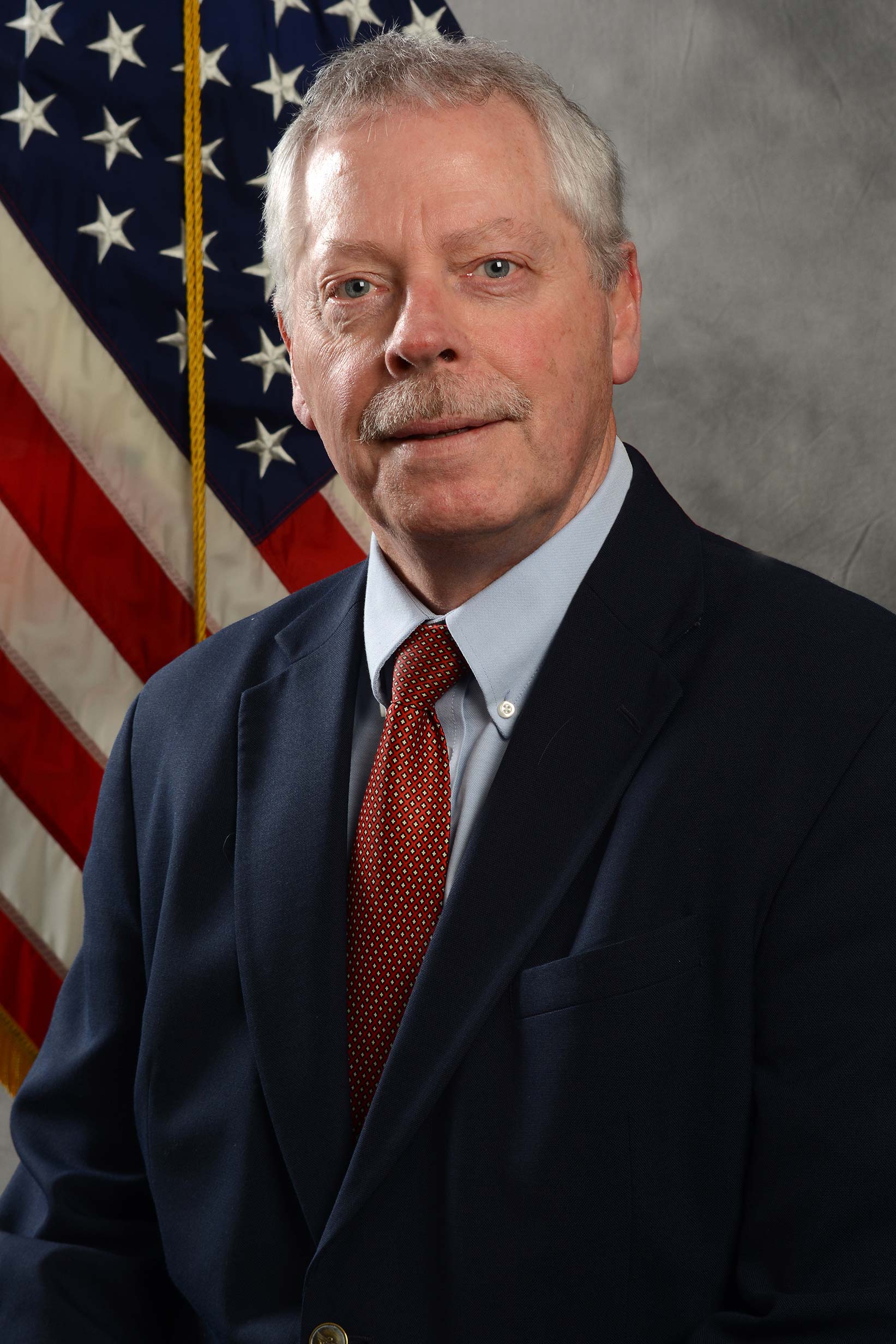February 2, 2018 - Energy Academic Group
 Airframe Technologies for a Capable and Efficient USAF Mobility Fleet
Airframe Technologies for a Capable and Efficient USAF Mobility Fleet
February 2, 2018
ME Lecture Hall
1300
Mr. Gary Dale
Research Engineer, Air Force Material Command, Air Force Research Laboratory, WPAFB
Abstract
The Aerodynamic Technology Branch of the US Air Force Research Laboratory (AFRL) conducts and sponsors programs in basic and applied research as well as advanced technology development focused on S&T for both legacy and future USAF systems. Much of the branch’s technology development is centered on the USAF’s rapid global mobility (RGM) mission, tactical and strategic airlift, and aerial refueling. Since 2009 the branch has concentrated on energy efficiency technologies for the RGM fleet. The status of these technology maturation programs for the legacy and future fleets will be presented.
Legacy Fleet
Mobility aircraft account for most of the jet fuel burned by the U.S. Air Force, and will do so for the foreseeable future, as today’s tankers and transports will remain in service for many years. The US Air Force Research Laboratory (AFRL) has undertaken technology development programs to improve the fuel efficiency of the mobility fleet. Presented first will be AFRL programs to reduce the drag associated with the upswept fuselage aft body of C-130 and C-17 aircraft using devices called “finlets” and “microvanes”. The devices were matured using CFD and/or wind tunnel testing and culminated in flight tests.
The Pentagon’s Operational Energy Office has funded AFRL to investigate technologies to reduce the fuel consumption of its existing aircraft, focusing on cost effective technologies, which provide a significant return-on-investment, ideally within one planning cycle (6 years). The resulting program; Engineered Surfaces, Materials, and Coatings (ESMC) for Legacy Fleet Drag Reduction seeks to mature candidate technologies suitable for application to the outer mold line of legacy mobility aircraft, without modification to the aircraft structure or skin, in order to lower drag and improve performance through lower fuel burn. Achieving this goal necessitates a systems approach requiring three elements; 1) a drag reduction technology, 2) a means for applying the technology to the aircraft surface, and 3) a protective coating to keep the drag reducing surface clean and functional.
AFRL and DARPA have investigated the challenges and opportunities associated with flying aircraft in formation for aerodynamic benefit. Under the Surfing Aircraft Vortices for Energy ($AVE) concept, aircraft are flown at longitudinal separations of 3000-8000 feet at offsets from the wake sufficient to obtain significant aerodynamic benefit. Initial flight test of the enhanced auto-pilot to accomplish this showed a savings of 5-10% fuel burn and obtained data on the effects on the airframe, engines, and aircrew for a representative transport aircraft, the C-17.
Future Fleet
The AFRL, working with industry partners and in collaboration with NASA, has studied and matured more efficient and capable mobility aircraft technologies for the US Air Force as part of the Revolutionary Configurations for Energy Efficiency program initiated in 2009. This effort led to capstone experiments in 2015 and 2016 for a highly integrated Hybrid Wing Body (HWB) design utilizing Over Wing Nacelle mounting for engines.
Biography
Mr. Gary Dale has spent his entire 38-year Federal Civilian career as a Research Engineer for the Air Force Research Laboratory (AFRL) located at Wright Patterson Air Force Base, Dayton OH. AFRL is a global technical enterprise, leading the discovery, development, and integration of affordable warfighting technologies for the U.S. air, space, and cyberspace force. With a workforce of more than 10,000 across nine technical directorates and 40 other operations across the globe, the Air Force Research Laboratory provides a diverse portfolio of science and technology that range from fundamental to advanced research and technology development.
Since 2011 Mr. Dale has been the Rapid Global Mobility Technology Lead in the Aerospace Vehicles Division, AFRL/RQV, where he leads the requirements generation, planning & prioritization of 6.2 and 6.3 aerodynamic and structures technology portfolio for current and future mobility aircraft – tactical and strategic transports and aerial tankers. Prior responsibilities include, Technical Advisor, Low Speed Aerodynamic Configuration Branch; Lead for Low Speed Aerodynamic Configuration Team; Flow Control Team Lead; Deputy Chief, Future Warfighter Capabilities Branch; Integrated Procurement Technologies (IPT) Lead for the National Fixed Wing Vehicle Program; and the Planning Lead, AFRL Air Vehicles Directorate.
He has also served in a wide range of engineering and planning functions in the AFRL Air Vehicles Directorate’s aerodynamic ground test organizations; Technical Advisor for Consolidated Aeronautical Science Laboratory; Principle Engineer – Trisonic Gasdynamics Facility, Instrumentation and Diagnostics Research; Test Engineer; and Mechanical Systems Engineer.
He earned his Bachelor of Science degree in Systems Engineering in 1979 from Wright State University, Dayton, OH, and his Master of Science degree in Aerospace Engineering in 1984 from the University of Dayton, Dayton, OH. His professional associations include, Associate Fellow American Institute of Aeronautics and Astronautics (AIAA); the American Society of Mechanical Engineers; IEEE Instrumentation in Aerospace Simulation Facilities Panel, where he served as Chairman from 1999-2005, and Vice Chair from 1995–1998.
POC
Dr. Daniel A. Nussbaum
Naval Postgraduate School
Principal, Energy Academic Group
Monterey CA 93943
Phone: 831-656-2387
Mobile: 831-324-3228
Email: dnussbaum@nps.edu

